The project was the first time a piece of English Chinoiserie was tackled for conservation
Austin-Smith Lord has completed a refurbishment of the Great Pagoda at Kew Gardens, which sees the reintroduction of 80 long-lost dragons.
The firm worked with historians and chemists to determine what the grade I listed building originally looked like.
Experts discovered the dragons had previously adorned the 50m building from surviving etches by the original architect. Sir William Chambers first designed the structure for Princess Augusta, mother of George III, and it was built in 1761.
The dragons were removed 20 years later, allegedly to pay for the Prince Regent’s gambling debts, though it might have had more to do with wether damage.
Eight of the recreated dragons have been handcrafted by carpenters, who faithfully followed historical techniques that would have originally been used. The remaining 72 dragons were 3D printed with nylon because timber would have been too heavy for the structure. They should be immune from the decay that caused the original dragons’ demise.
The Georgian green and buff colour scheme has also been restored, after paint flakes were analysed to see how they would have once looked.
John Barnes, the chief executive of Historic Royal Palaces, which is responsible for the pagoda, said: “We were delighted to have been able to realise a generations-old architectural ambition by fully restoring the Great Pagoda to its original Georgian glory.”
He added: “An enormously talented team of historians, architects and conservators have made this unique restoration possible and now that the project has been completed and the dragons unveiled, we look forward to revealing the building to visitors to the gardens!”
Austin-Smith Lord has also worked the refurbishment of Liverpool Central Library.









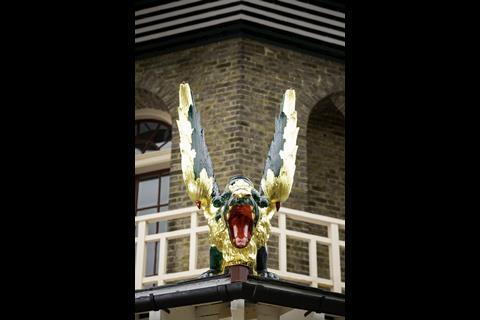
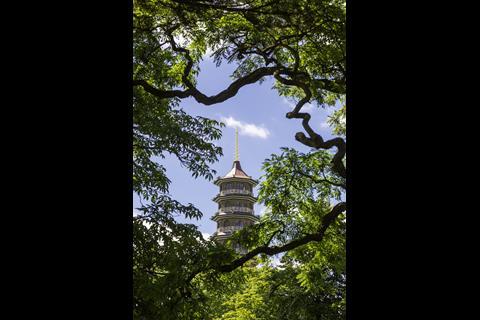
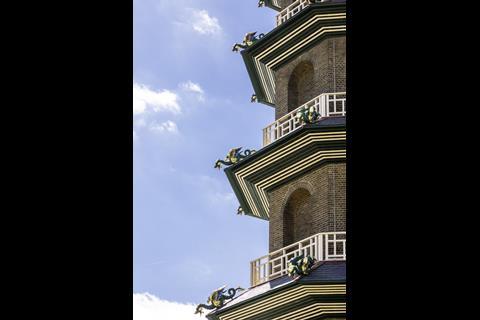
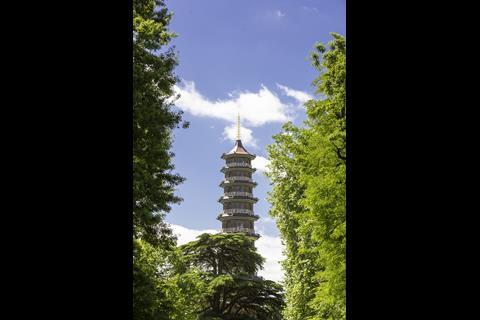
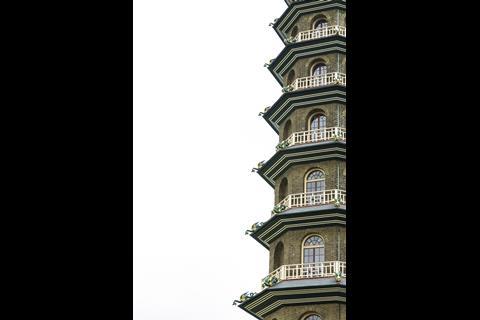
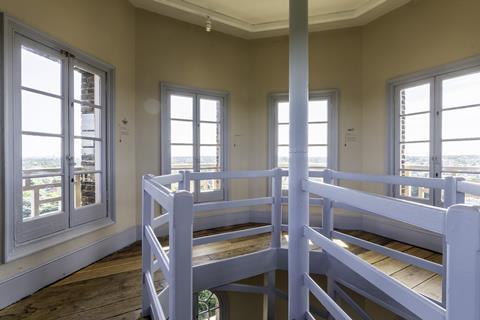

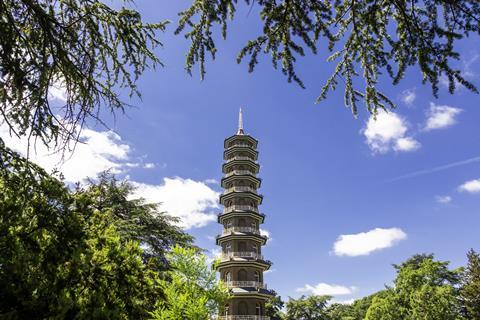
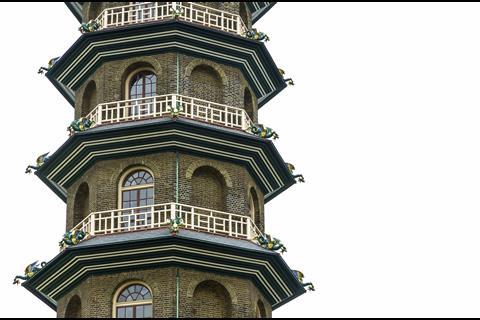
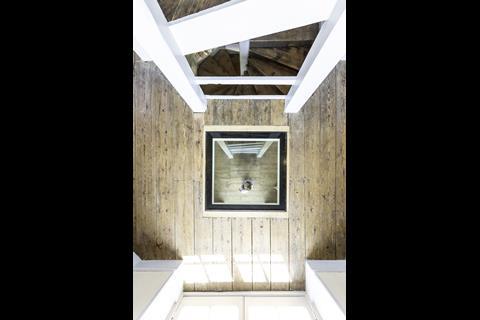
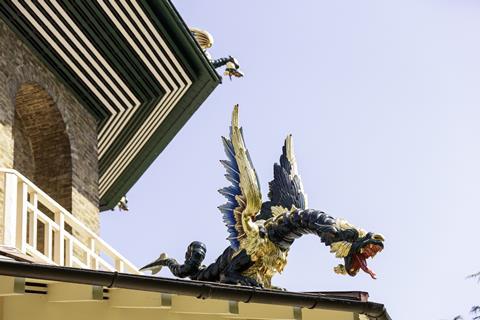

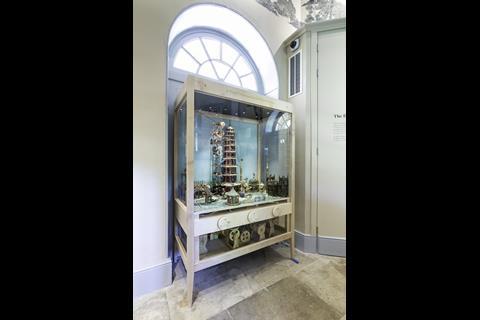
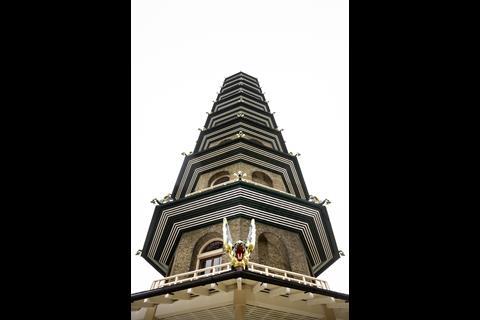
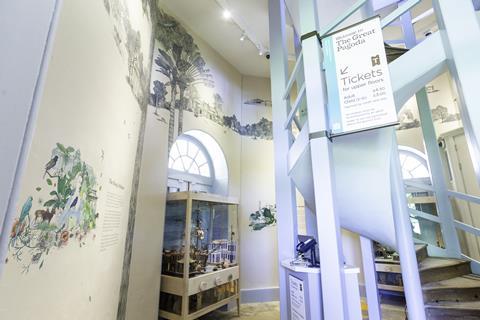





4 Readers' comments